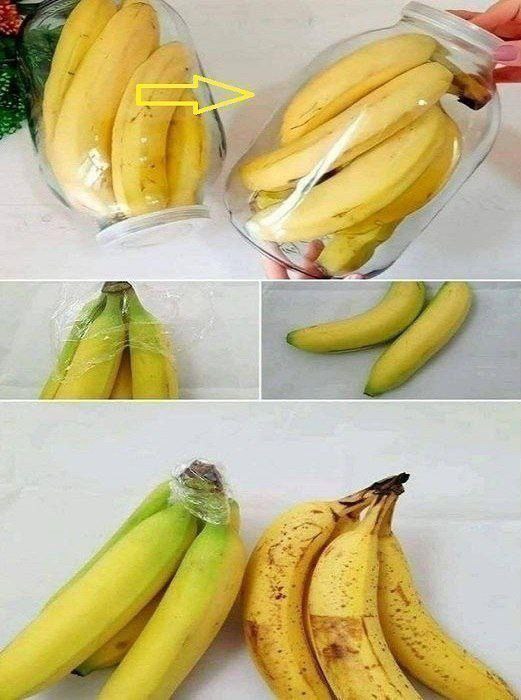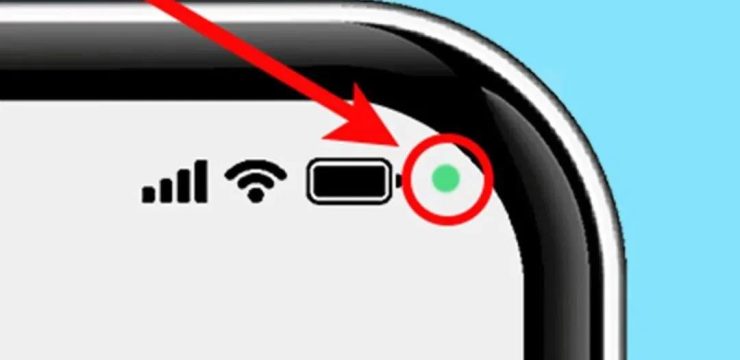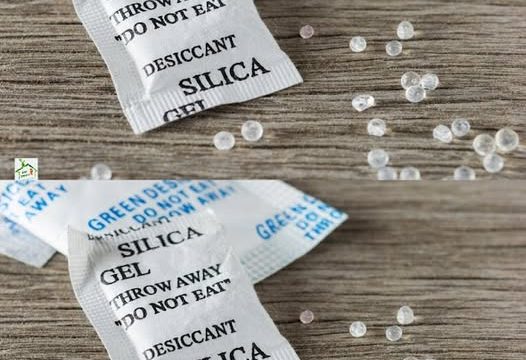We’ve all experienced the frustration of buying a big bunch of bananas, only to watch them turn brown or black before we can finish eating them. It’s not only wasteful but also disappointing when you had plans to enjoy them throughout the week. The good news is that bananas don’t have to go to waste, even after they’ve turned brown or black. With a few easy tips, you can preserve your bananas and keep them usable for up to two years. Whether you’re baking, freezing, or ripening them, there’s a method for everyone.

Choosing the Perfect Bananas for Baking
If you love baking with bananas, you know the secret ingredient isn’t just bananas—it’s ripe bananas. When selecting bananas for baking, look for ones that have plenty of brown spots on their peel and emit a sweet, almost sugary aroma. These are clear signs that the bananas have reached peak ripeness. While they may not look appealing for eating fresh, the flavor they bring to baked goods is unmatched. The browner or even blacker the peel, the more natural sweetness the banana will add to your recipe. This makes them perfect for banana bread, muffins, pancakes, or smoothies.
Storing Ripe Bananas: Keep Them for the Long Haul
If you have bananas that are ripe but aren’t ready to use them right away, don’t worry—they can easily be stored for future use. Freezing ripe bananas is one of the simplest and most effective methods to prevent them from going bad. To freeze them, peel the bananas and place them in an airtight container or a zip-top bag. You can freeze them whole or cut them into slices for easier portioning later. Properly stored in the freezer, bananas can last up to two years without losing their flavor or texture. This way, you’ll always have ripe bananas on hand, ready to be used whenever you need them.
Freezing bananas is especially helpful for those who bake often or enjoy smoothies regularly. Just take the desired amount out of the freezer, let them thaw for a few minutes, and they’re ready to be mashed or blended.
Speeding Up the Ripening Process
Sometimes, you might find yourself with bananas that are too green and not ripe enough for immediate use. Luckily, there are simple ways to speed up the ripening process. One effective method is placing the bananas in a paper bag and sealing it tightly. This traps ethylene gas, which bananas naturally produce, and helps them ripen faster. You can also add another fruit, like an apple or avocado, to the bag to boost the process.
If you don’t have a paper bag, you can leave the bananas in a warm spot, such as near a sunny window or on top of your refrigerator. The warmth will encourage the bananas to ripen more quickly, ensuring they’re ready for baking or eating in no time.
Why Are Ripe Bananas Ideal for Baking?
Ripe bananas are a baker’s best friend. As bananas ripen, their starches break down into natural sugars, making them sweeter and easier to mash. This transformation not only enhances the flavor of baked goods but also contributes to a moist and tender texture. Using underripe bananas, on the other hand, can result in a rubbery or bland texture, which isn’t ideal for most recipes.
The sweetness of ripe bananas also means you can reduce the amount of added sugar in your recipes, making your baked goods slightly healthier. Whether you’re whipping up banana bread, muffins, or cookies, ripe bananas will elevate the flavor and texture of your desserts, giving them that signature sweetness and softness.
How to Tell When Bananas Are Overripe
While ripe bananas are fantastic for baking, there is such a thing as a banana that’s too far gone. If a banana is leaking liquid, has a fermented smell, or feels excessively mushy to the touch, it may be overripe and unsuitable for use. However, in most cases, even very brown or black bananas are still perfectly fine for baking as long as they aren’t moldy or spoiled. A good rule of thumb is to inspect the inside of the banana—if it still looks yellowish and creamy, it’s good to go!
Conclusion: Bananas Without Waste
By following these simple tips, you’ll never have to throw out a banana again. Whether you’re freezing them for later, ripening them quickly, or using them in baked goods, bananas can be preserved and enjoyed long after they’ve turned brown or black. With proper storage, bananas can last up to two years in your freezer, ready to add natural sweetness and flavor to your favorite recipes.
The next time you see your bananas starting to spot and darken, don’t toss them—transform them into delicious treats or save them for later. With these easy techniques, you’ll make the most of every banana you buy, saving time, money, and waste in the process.





